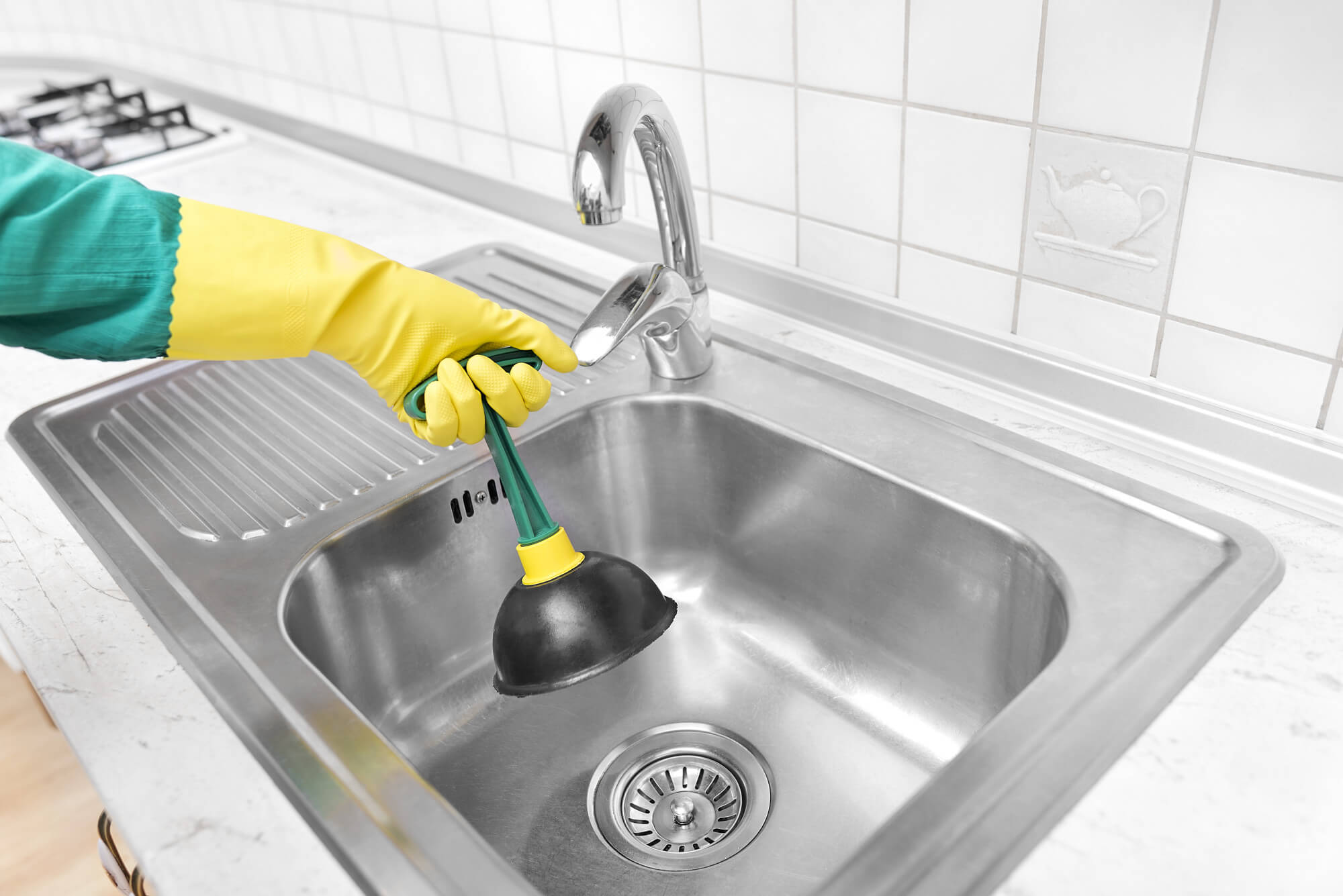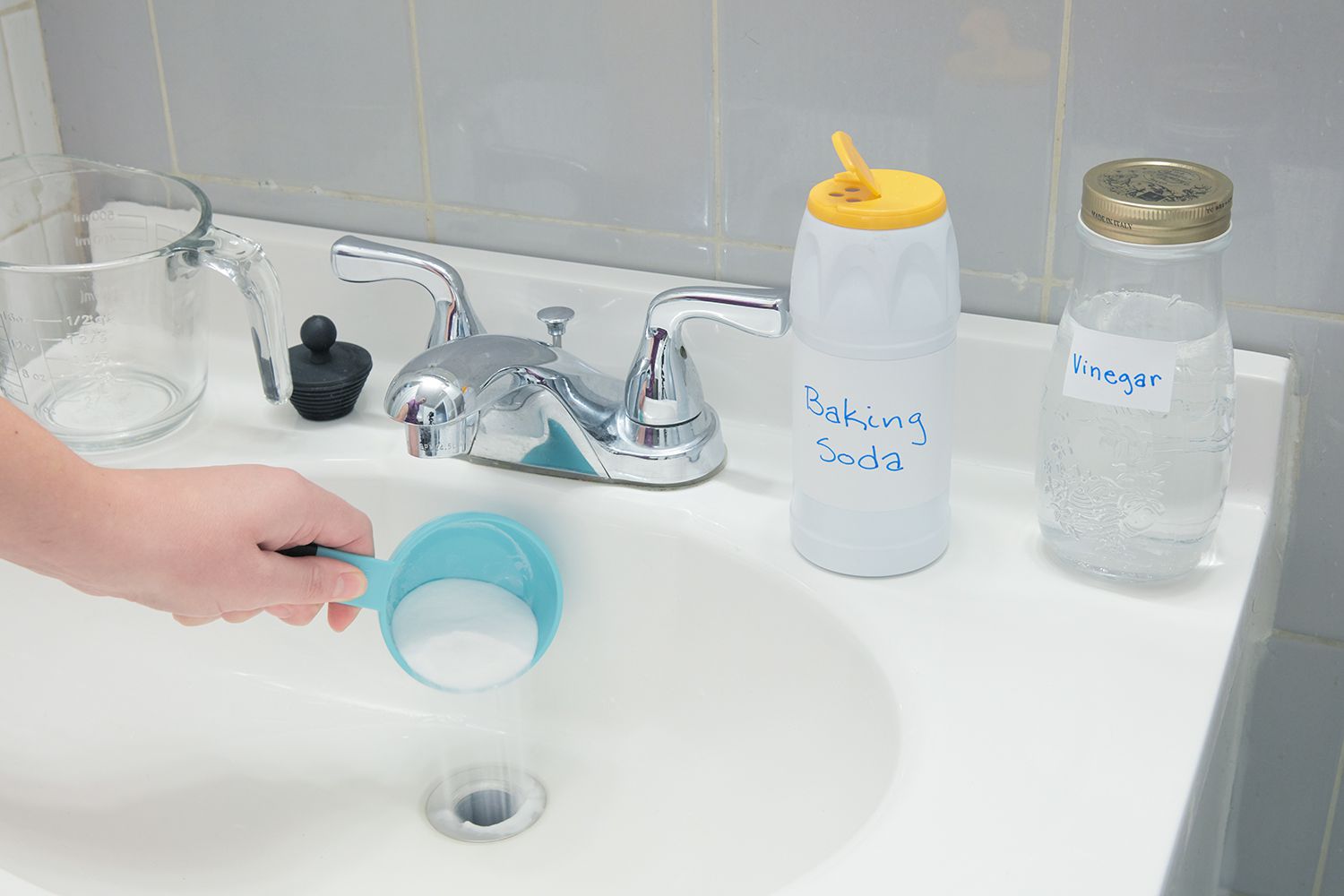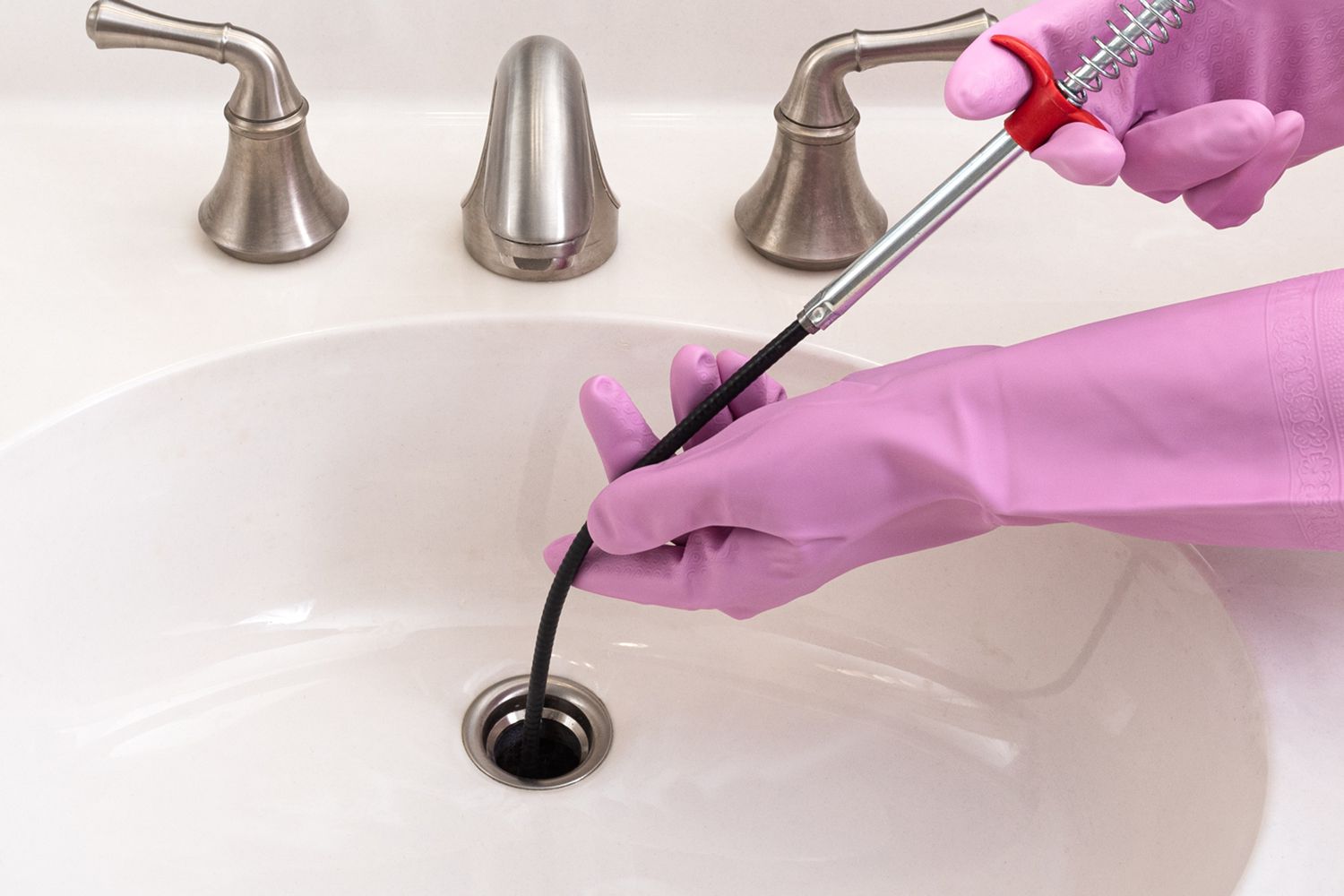Introduction: Battling the Plague of Clogged Sinks
Clogged sinks are a common nuisance in households around the world. Whether it’s a slow-draining kitchen sink or a backed-up bathroom basin, dealing with clogs can be frustrating and messy. However, fear not! With the right tools, techniques, and a bit of know-how, you can bid farewell to clogged sinks once and for all. In this comprehensive guide, we’ll take you through the ultimate drain cleaning tutorial, equipping you with everything you need to tackle clogs like a seasoned pro.

Understanding the Causes of Sink Clogs
Before delving into drain cleaning methods, it’s essential to understand what causes sink clogs in the first place. Common culprits include:
Food Debris: In kitchen sinks, food particles, grease, and oil can accumulate over time, leading to clogs. These substances can cling to the walls of the pipes and congeal into stubborn blockages.
Hair and Soap Scum: In bathroom sinks, hair, soap residue, and other hygiene products can build up within the drainpipes, impeding water flow and causing blockages.
Foreign Objects: Accidentally dropping items such as jewelry, bottle caps, or small toys down the sink can also contribute to clogs, especially in households with young children.
Understanding the causes of sink clogs can help you adopt preventive measures and choose the most effective cleaning methods.

Preventive Maintenance: Keeping Clogs at Bay
An ounce of prevention is worth a pound of cure, as the saying goes. Here are some preventive maintenance tips to keep your sinks free from clogs:
Use Drain Guards: Install drain guards or strainers in your sink drains to catch food particles, hair, and other debris before they can enter the pipes and cause clogs. Regularly clean out the drain guards to ensure optimal performance.
Dispose of Grease Properly: Avoid pouring cooking grease, oil, or fat down the sink, as they can solidify and cause blockages. Instead, let grease cool and solidify in a container, then dispose of it in the trash.
Flush with Hot Water: Once a week, pour boiling water down the sink drain to help dissolve grease and flush away any accumulated debris. Follow up with a few minutes of hot tap water to keep the pipes clear.
Practice Good Habits: Encourage household members to scrape food scraps into the trash before washing dishes and to minimize the amount of hair and soap residue that goes down the bathroom sink.
By incorporating these preventive maintenance habits into your routine, you can significantly reduce the likelihood of encountering stubborn sink clogs.

DIY Drain Cleaning Methods
When faced with a clogged sink, you don’t always need to call in a plumber right away. Many clogs can be cleared using simple DIY drain cleaning methods. Here are some effective techniques to try:
1. Boiling Water
Boiling water is one of the simplest and most effective ways to clear minor sink clogs caused by grease or soap residue. Carefully pour a kettle or pot of boiling water down the drain in slow, steady streams. Repeat as needed until the water drains freely.
2. Baking Soda and Vinegar
The bubbling reaction between baking soda and vinegar can help break down organic matter and clear minor sink clogs. Start by pouring a cup of baking soda down the drain, followed by a cup of vinegar. Allow the mixture to fizz and bubble for about 10 minutes, then flush the drain with hot water.
3. Plunger
A plunger can be a handy tool for clearing clogs in both kitchen and bathroom sinks. Ensure that there is enough water in the sink to cover the bottom of the plunger, then place the plunger over the drain and pump it up and down forcefully several times. The suction action can dislodge the clog and allow water to flow freely again.
4. Plumbing Snake or Auger
For more stubborn clogs that can’t be cleared with simple DIY methods, a plumbing snake or auger may be necessary. Insert the snake into the drain and rotate it clockwise while applying gentle pressure. Continue feeding the snake into the drain until you encounter resistance, then rotate it to break up the clog. Slowly withdraw the snake, taking care not to damage the pipes.

Professional Drain Cleaning Solutions
If DIY methods fail to clear the clog or if you suspect a more serious underlying issue, it may be time to call in a professional plumber. Professional plumbers have the expertise and specialized equipment to diagnose and resolve stubborn clogs quickly and effectively. Additionally, they can inspect the drainpipes for any signs of damage or corrosion that may require repairs.
Advanced Drain Cleaning Techniques
For persistent or severe clogs, you may need to employ more advanced drain cleaning techniques. Here are some additional methods to consider:
1. Chemical Drain Cleaners
Chemical drain cleaners can be effective for breaking down stubborn clogs caused by organic matter, grease, or soap scum. However, use these products with caution and follow the manufacturer’s instructions carefully, as they can be harsh on pipes and harmful if misused. Additionally, chemical drain cleaners may not be suitable for all types of clogs or plumbing systems.
2. Hydro Jetting
Hydro jetting is a professional drain cleaning method that involves using high-pressure water to clear clogs and remove debris from drainpipes. This technique is particularly effective for clearing stubborn blockages, tree root intrusions, and mineral buildup. Hydro jetting can only be performed by trained professionals and requires specialized equipment, making it more costly than DIY methods.
3. Enzyme Drain Cleaners
Enzyme drain cleaners are eco-friendly alternatives to chemical drain cleaners that use natural enzymes to break down organic matter and eliminate clogs. These products are safe for pipes and septic systems and can be used regularly as part of a preventive maintenance routine. While enzyme drain cleaners may not be as fast-acting as chemical cleaners, they offer a gentler and safer approach to drain cleaning.

Conclusion: Enjoying Clear and Free-Flowing Sinks
With the ultimate drain cleaning tutorial at your fingertips, you’re well-equipped to tackle clogged sinks with confidence and ease. Whether you opt for preventive maintenance measures, DIY cleaning methods, or professional assistance, the key is to address clogs promptly and effectively to prevent further issues down the line. By adopting good habits and staying proactive, you can enjoy clear and free-flowing sinks in your home for years to come. Say goodbye to clogged sinks and hello to hassle-free drainage – it’s time to reclaim the joy of sink usage in your household!


